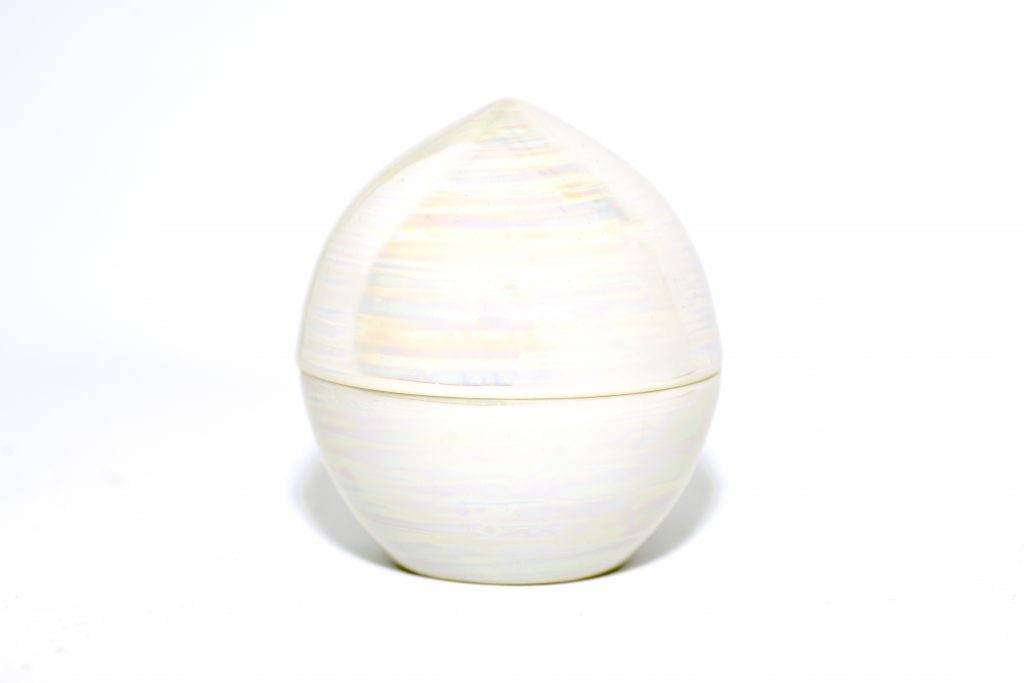
The Visible Urns
From the invisible and hidden to the visible and representing
“Traditional” White Urn
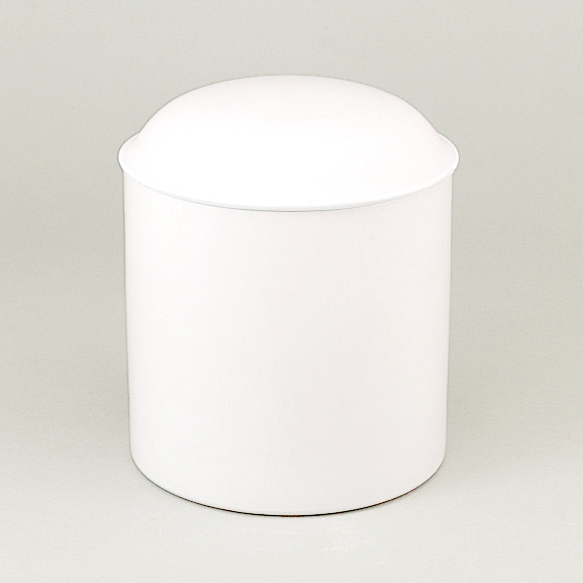
A simple white ceramic urn. In Japan, where the cremation rate is more than 99.9%, urns have been nothing more than just a tool for storing the cremated remains of the deceased. The urns are concealed underneath massive headstones and are strictly stored in many cemeteries. This gravesite custom has been largely influenced by the Japanese view of life and death, which considers the corpse as “kegare” (foulness, defilement, or even dangerous being) and separates it from everyday life.
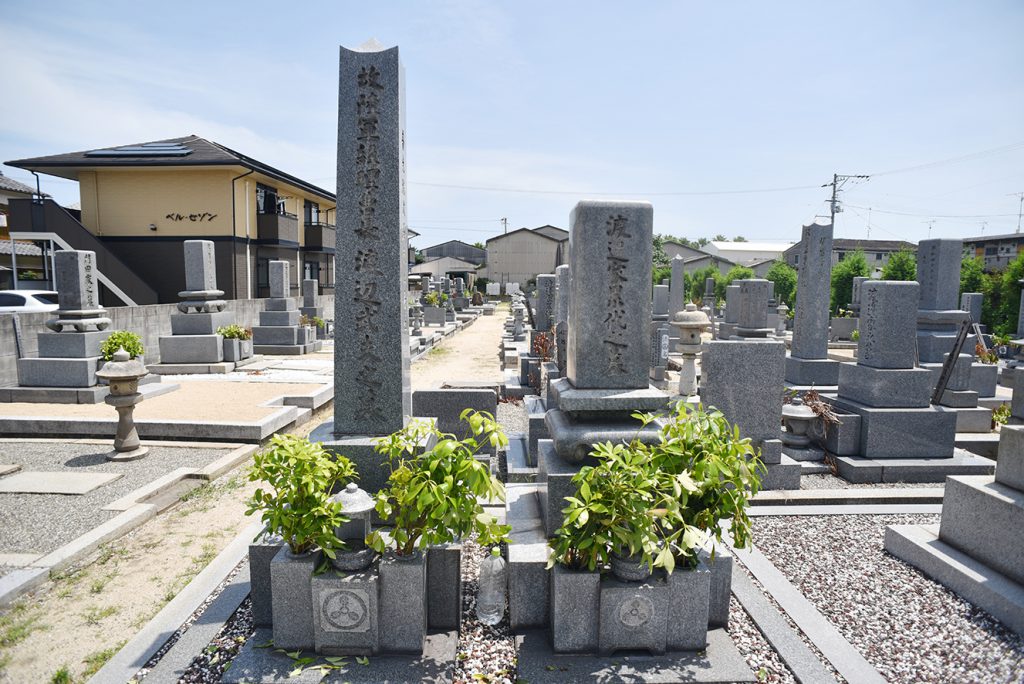
The Age of “Temoto Kuyo”
The “temoto kuyo” (a style of memorialization to keep the deceased’ s ashes at hand) has rapidly gained popularity today. Although it is completely opposite of the Japanese custom of hiding the urn, the ashes are stored in a special container coexisting in the space of daily life, represented as a symbol of the deceased. Other growing styles include indoor cemeteries or columbaria, where we spot the mechanical columbaria or Automatic Conveyor-belt Columbaria in prime metropolitan locations recently. Nowadays, people have the freedom to choose where and how to rest in peace without being restricted by the customs or the tradition. The stereotypical invisible and hidden image of the “white urn” is gradually disappearing.
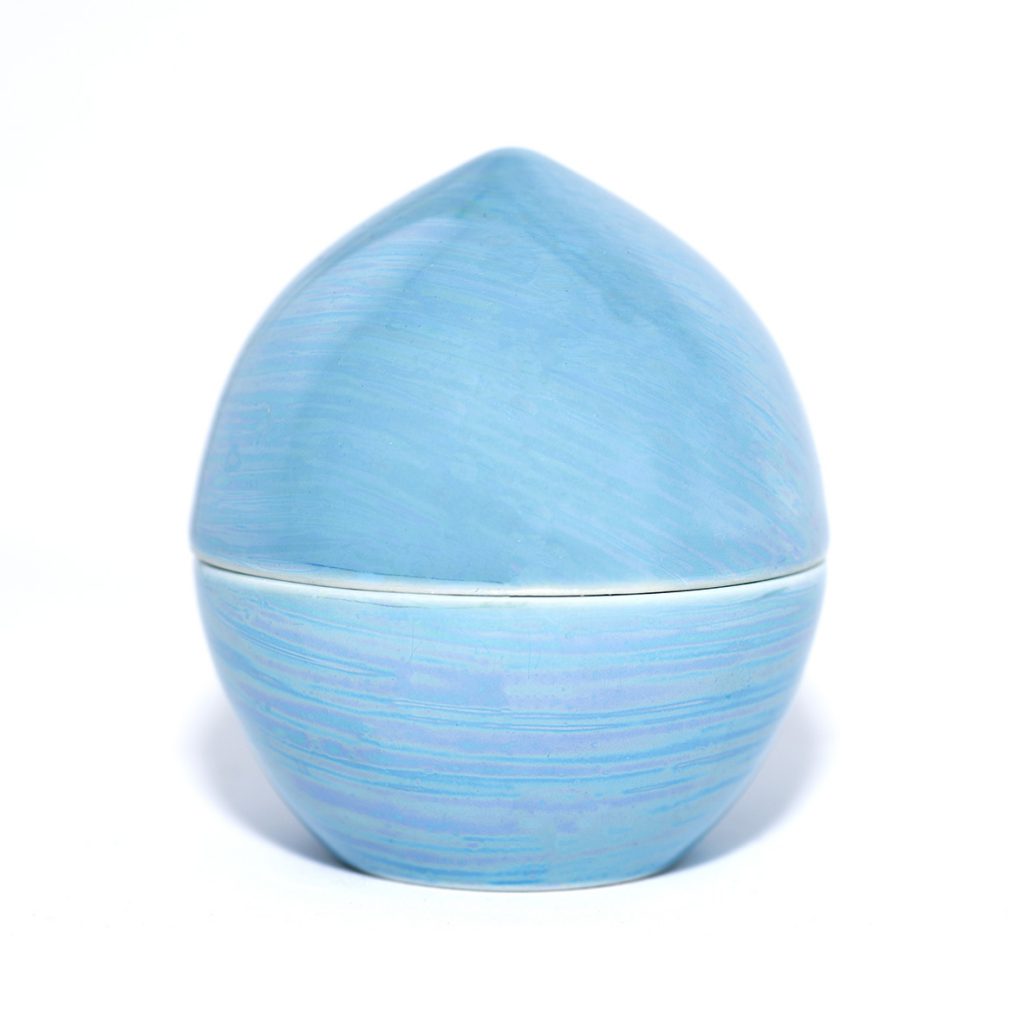
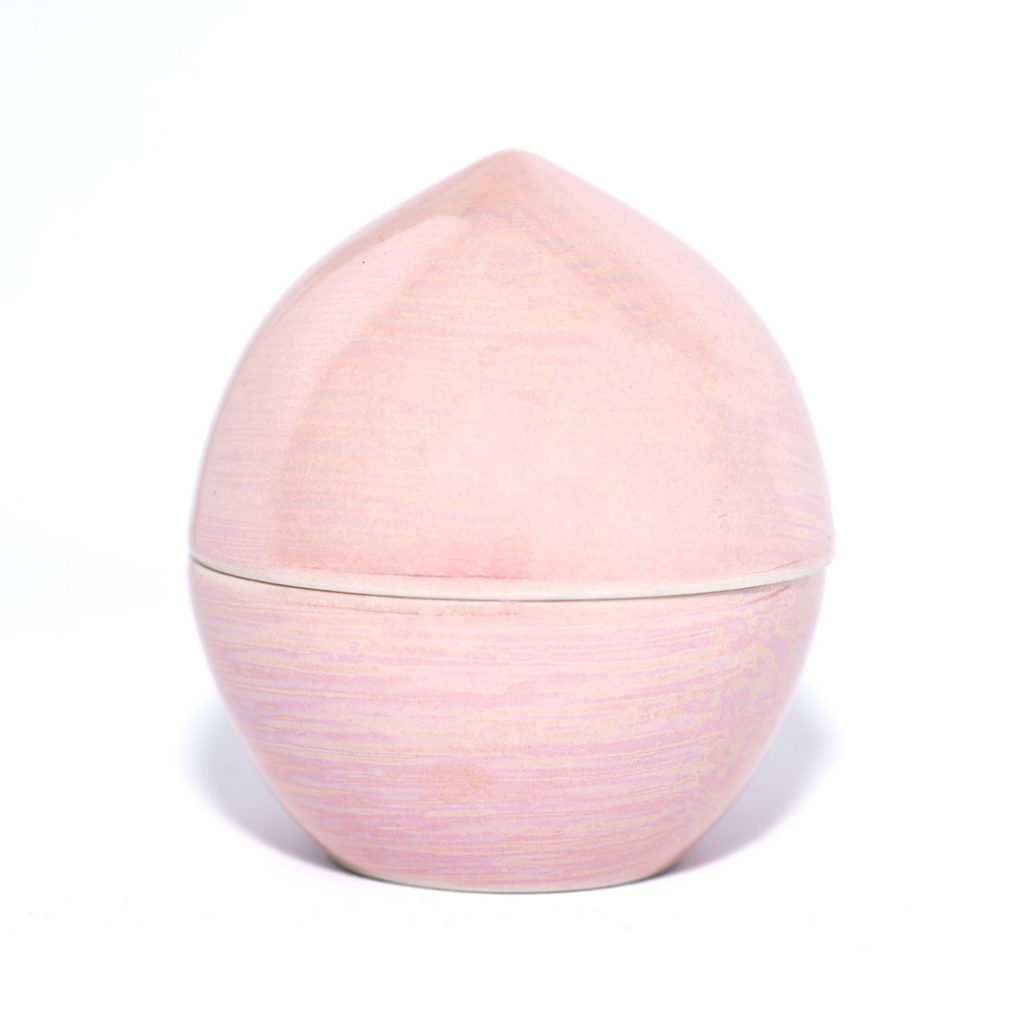
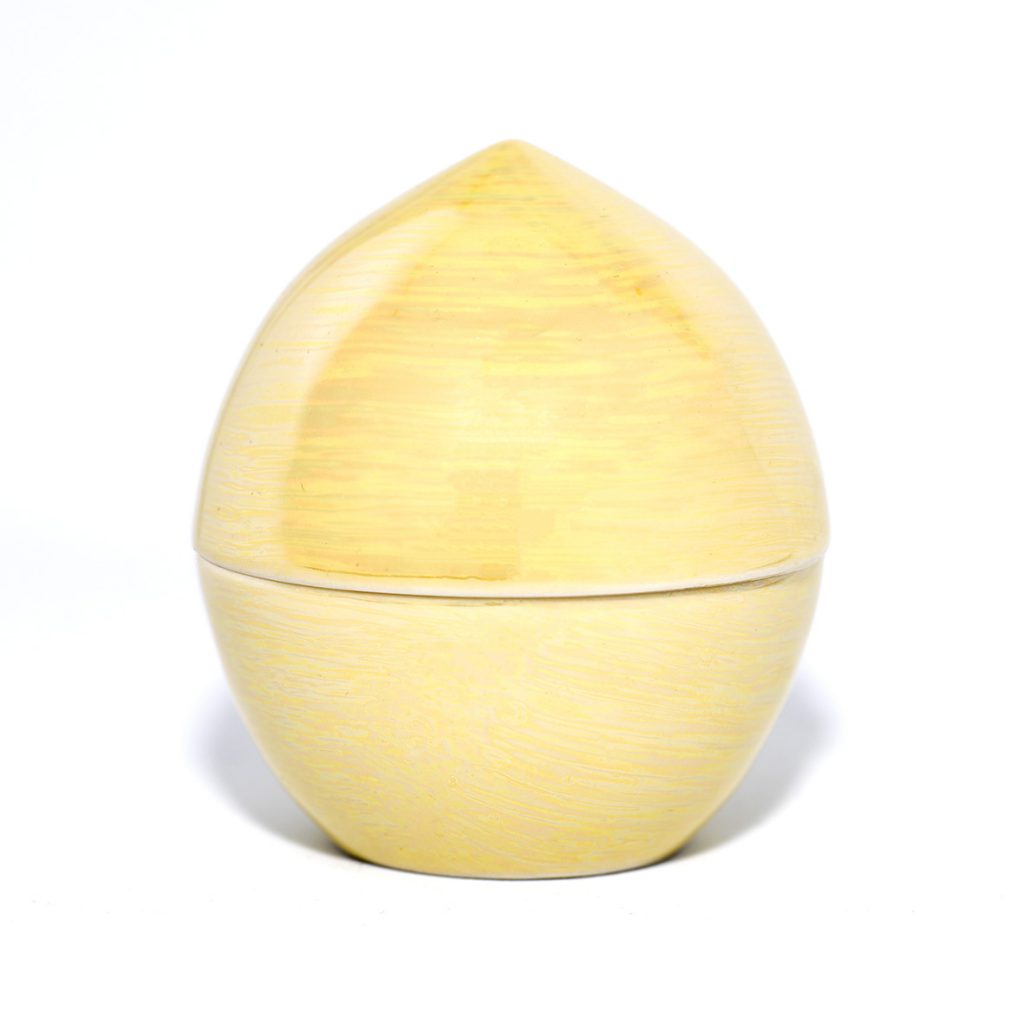
Variable Choices
Our company–––based in Seto City (near Nagoya city), Aichi Prefecture, well known for the production of earthenware–––started to manufacture beautifully patterned urns in the 1990s. Our lineup has expanded through the collaborations among high quality pottery production areas within Japan such as Kutani-yaki and Arita-yaki. Examples from our unique listing are urns in the shape of a soccer ball and a golf ball, which have been well accepted by the families of the sports-lovers.
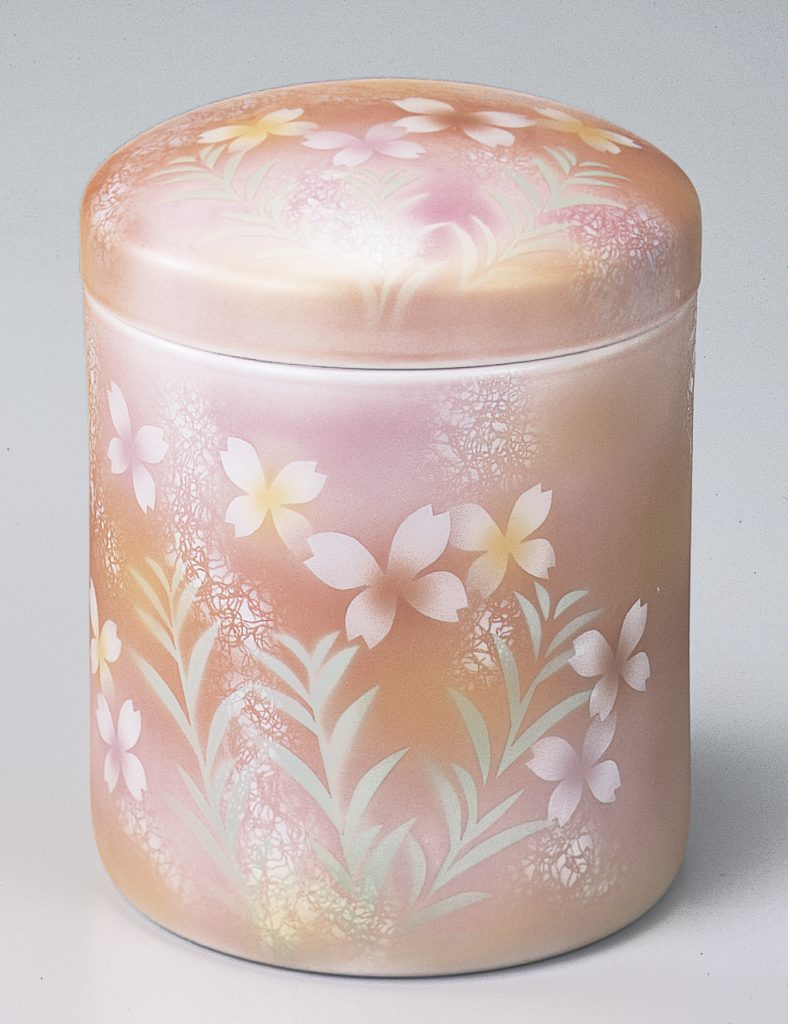
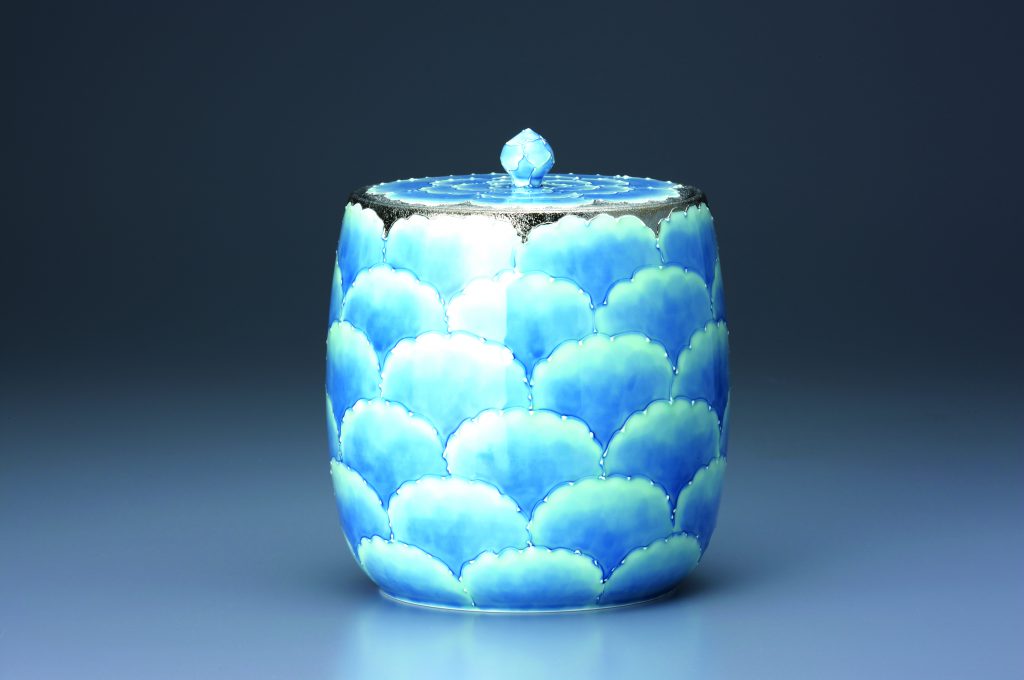


Visible Columbaria
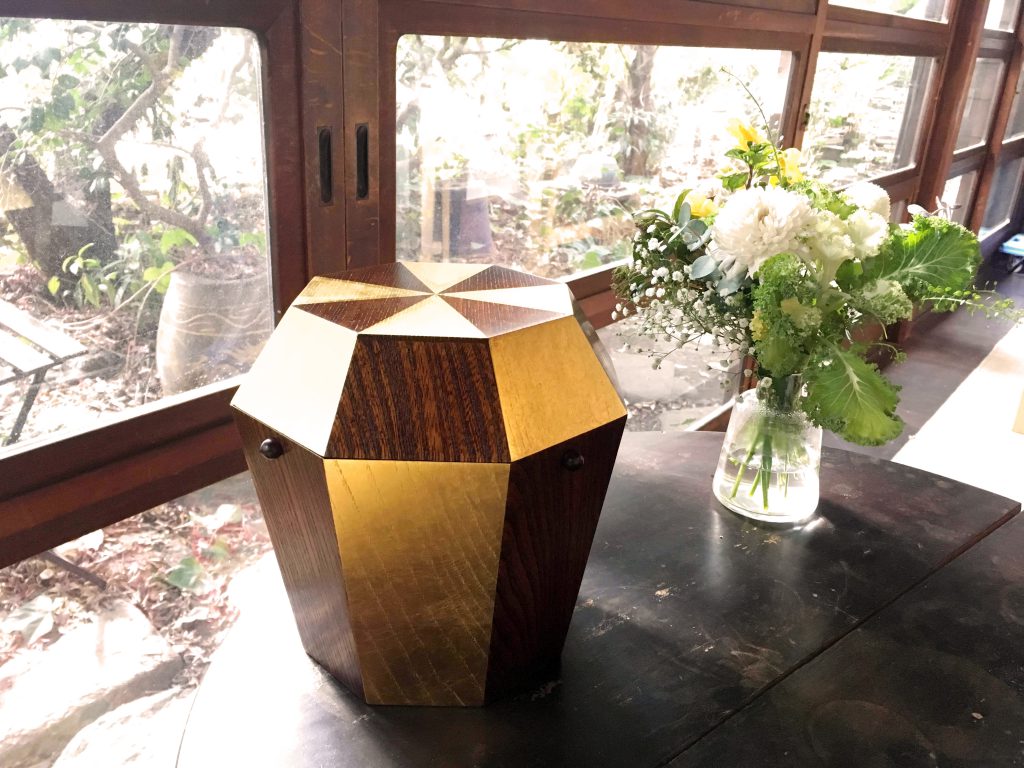
On the other hand, there are visible glass-walled columbaria in western countries. Inside the columbarium architecture, unique urns are displayed along with memorabilia and photos of the deceased. Cultural customs do not change rapidly or drastically, but we do spot a signal of increase of the demand for urns that represent an individual’s personality in Japan. In addition to the existing ceramic urns, we are also developing new products made of various materials such as wood and metal.
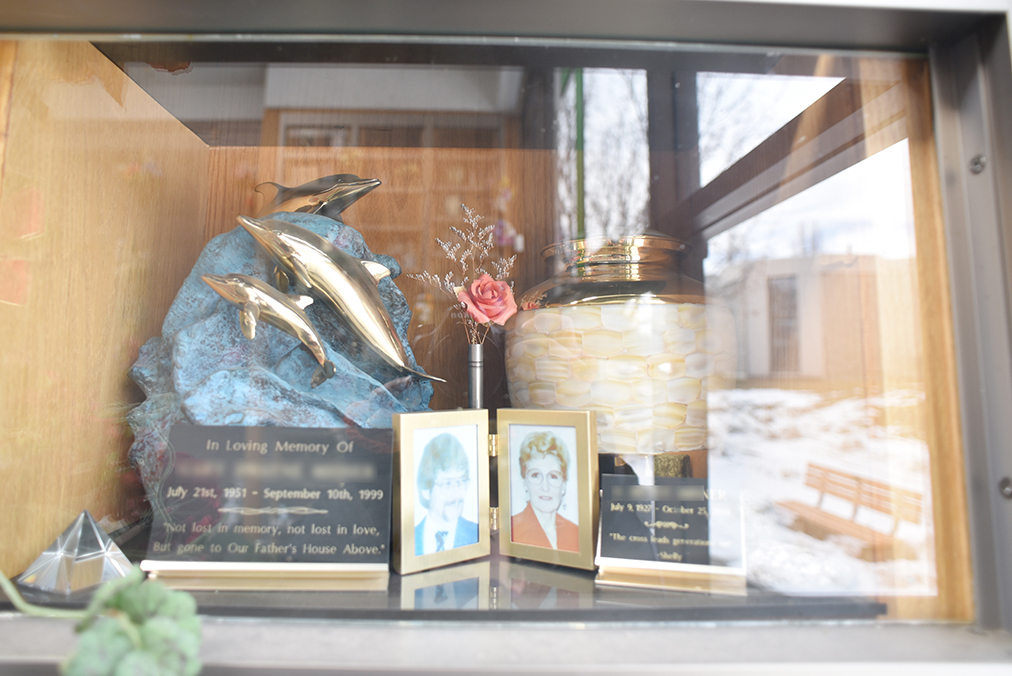
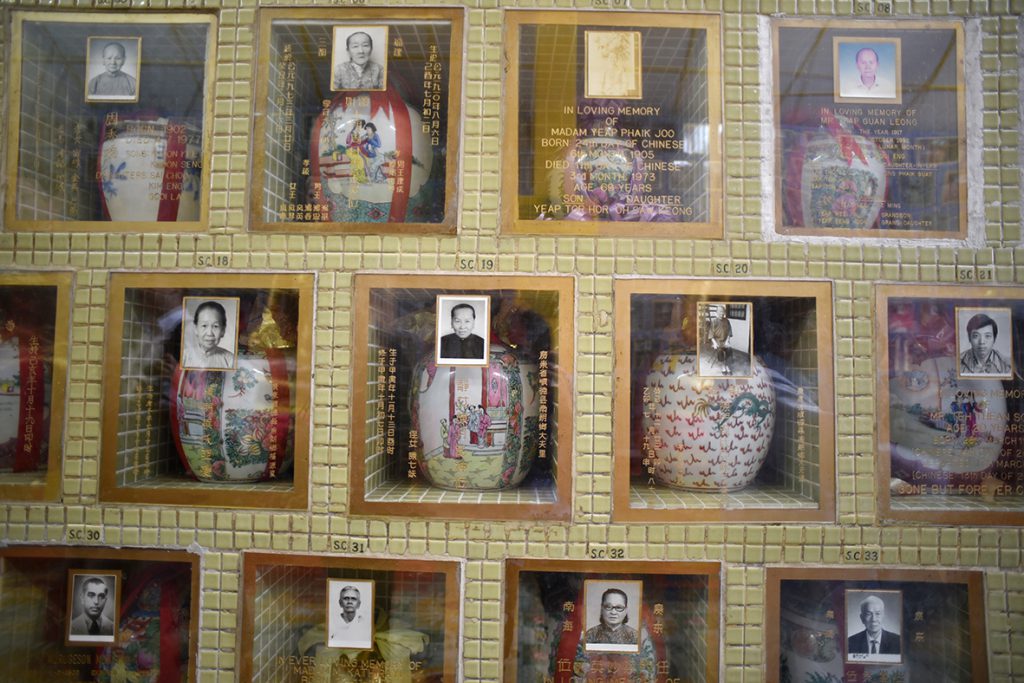
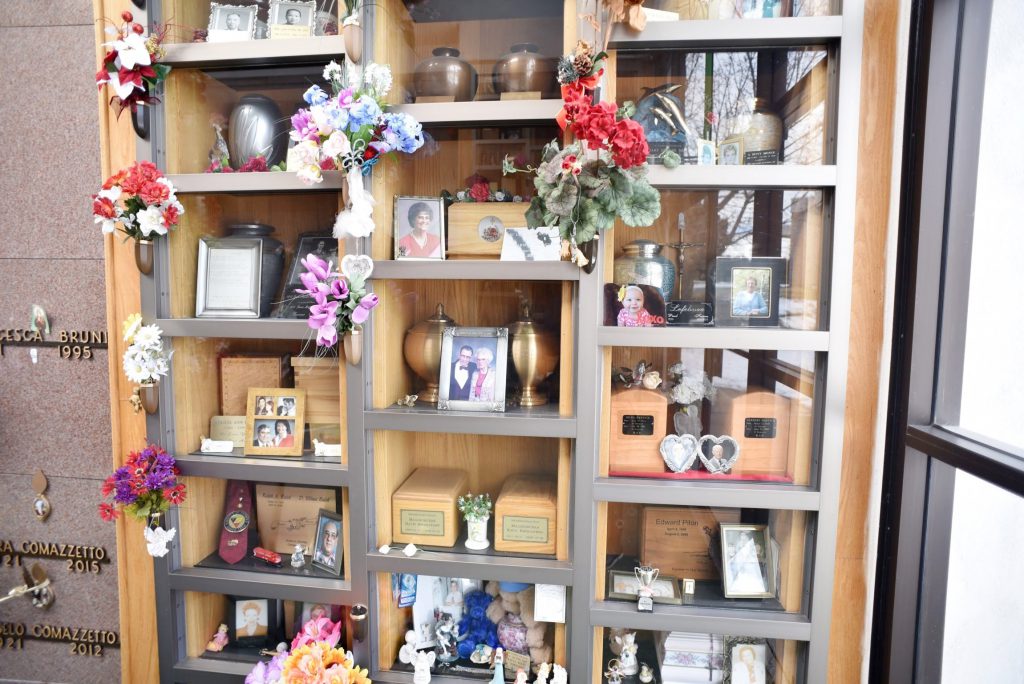
New Challenges
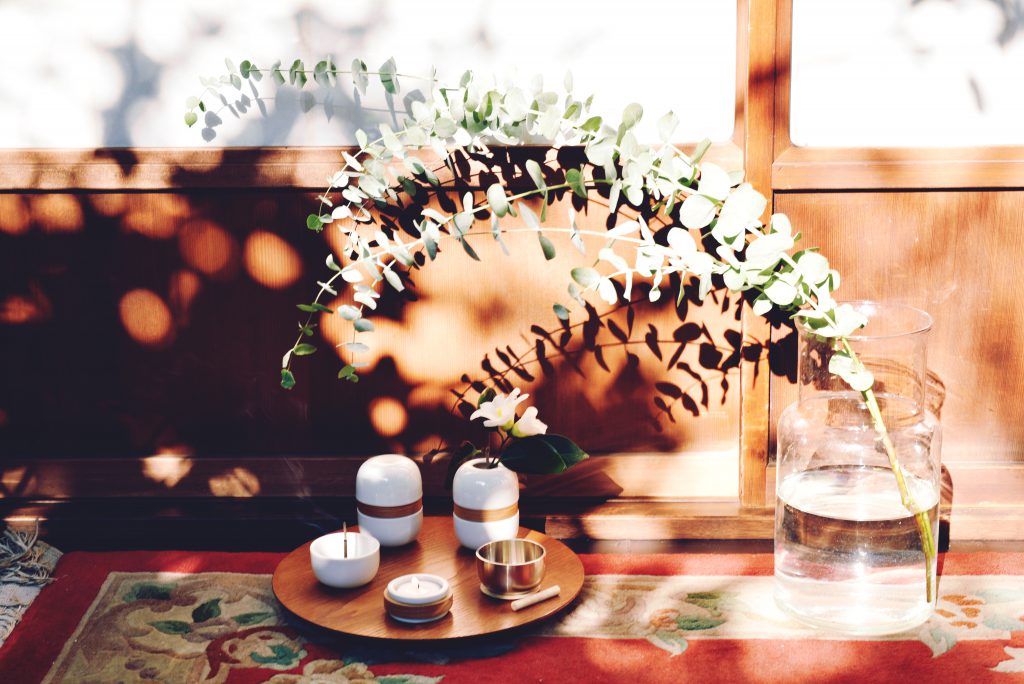
While continuing to expand our lineup of unique urns, we also challenge to develop next generation memorial services. Our current efforts include “Hana-to-Fumi (Flower and Letter)” brand of products, and the custom-made “Tsunagu” memorial sapphire. Some examples of Hana-to-Fumi are temoto kuyo memorial offerings that weave into daily living space, the ash pendants allowing the bereaved to “accompany with the deceased,” and so on. The Tsunagu sapphire is made of calcium extracted from the ashes of the deceased. We’ve also began a joint research with Research Center for Advanced Science and Technology, the University of Tokyo since 2020, as a challenge to explore the way of memorialization in the digital age.
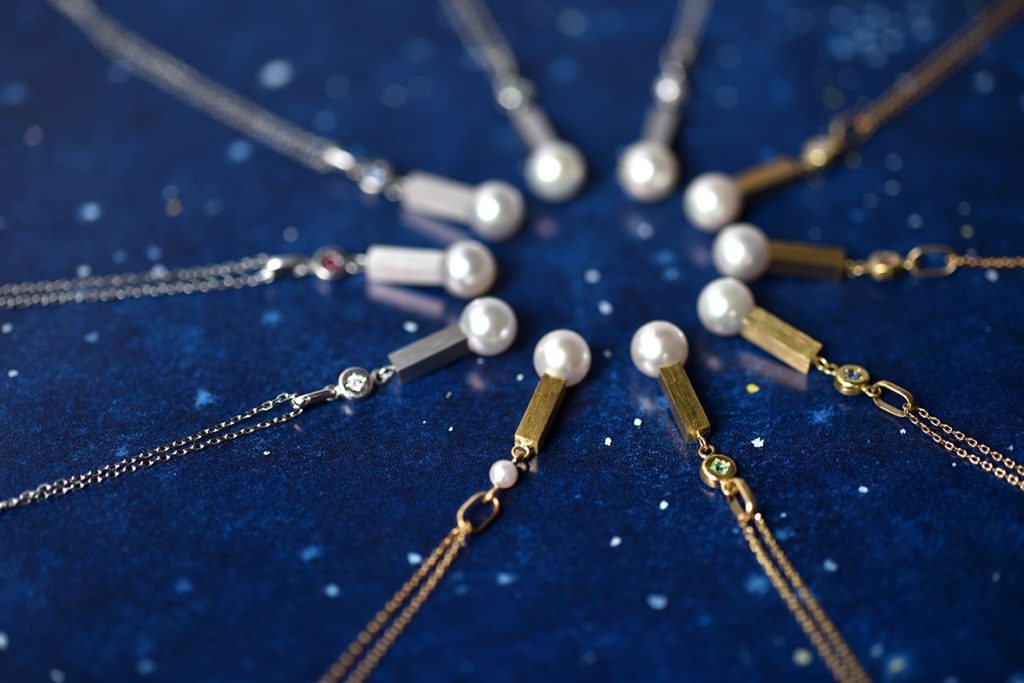
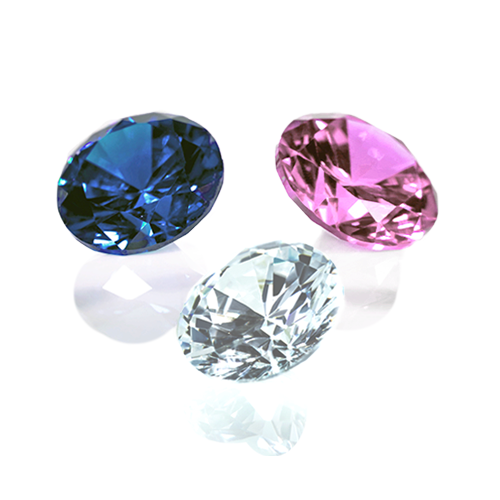
Memorial Sapphire “Tsunagu”
We are striving to develop products that support your memorial services while always taking a close look at current customers’ needs, while our pillar product is still the ceramic urn that supports the traditional funerary custom.

TOMOETOGYO CO., LTD.
3-36, Kitaura-cho, Seto City, Aichi Prefecture, #489-0915, Japan
info(at)tomoetogyo.com